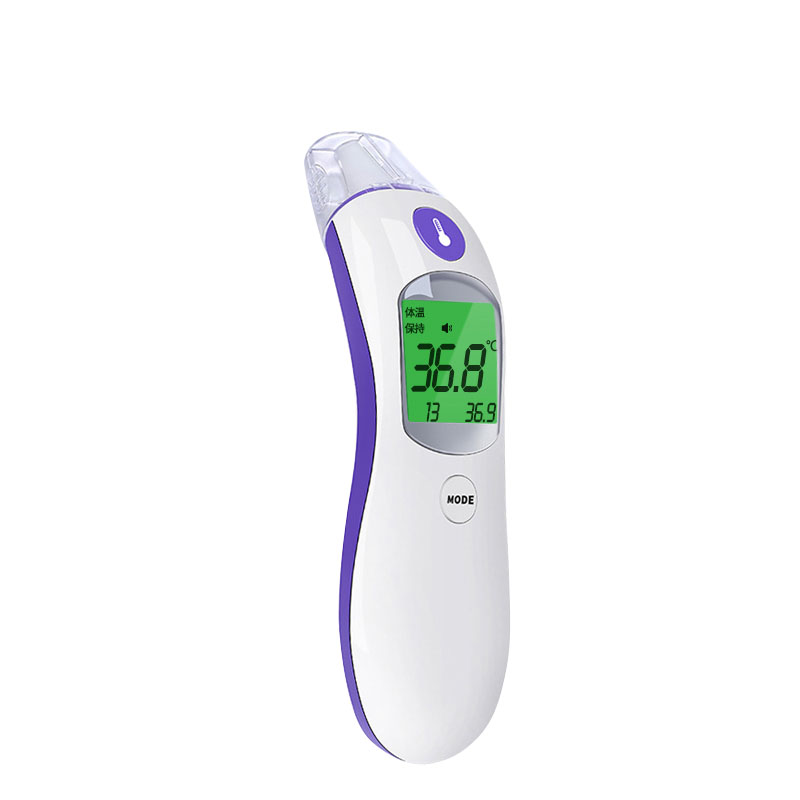How a non-contact infrared thermometer generally works
2023-12-08
A non-contact infrared thermometer is a device that measures temperature from a distance without making physical contact with the object or surface being measured. It utilizes infrared technology to detect the thermal radiation emitted by the object and then converts this information into a temperature reading.
Here's how it generally works:
1. Infrared Technology: All objects with a temperature above absolute zero emit infrared radiation. Infrared thermometers use a lens to focus the infrared light emitted by an object onto a detector, which then converts the energy into an electrical signal.
2. Temperature Conversion: The electrical signal is processed and converted into a temperature reading based on the intensity of the infrared radiation. The device has an emissivity setting, which helps account for the type of surface being measured since different materials emit and absorb infrared radiation differently.
3. Display: The temperature reading is displayed on a digital screen. Many non-contact infrared thermometers have a laser pointer to help aim and target specific areas on the object or surface.
Non-contact infrared thermometers are commonly used in various applications, including:
- Medical Use: They are widely used to measure body temperature without making physical contact. This is particularly useful for quickly screening individuals, especially in situations where direct contact might not be feasible or is considered a health risk.
- Industrial Applications: Infrared thermometers are used in industrial settings for monitoring the temperature of machinery, equipment, and various surfaces. They are valuable in situations where direct contact could be dangerous or impractical.
- Food Safety: Infrared thermometers are used in the food industry to check the temperature of food items without the need for direct contact, ensuring food safety and compliance with temperature regulations.
- HVAC (Heating, Ventilation, and Air Conditioning): They are used for checking the temperature of heating or cooling systems and identifying potential issues.
It's important to note that the accuracy of non-contact infrared thermometers can be affected by factors such as distance, ambient temperature, and the presence of obstacles or reflective surfaces. Calibration and proper usage according to the manufacturer's instructions are crucial to obtaining accurate temperature readings.



